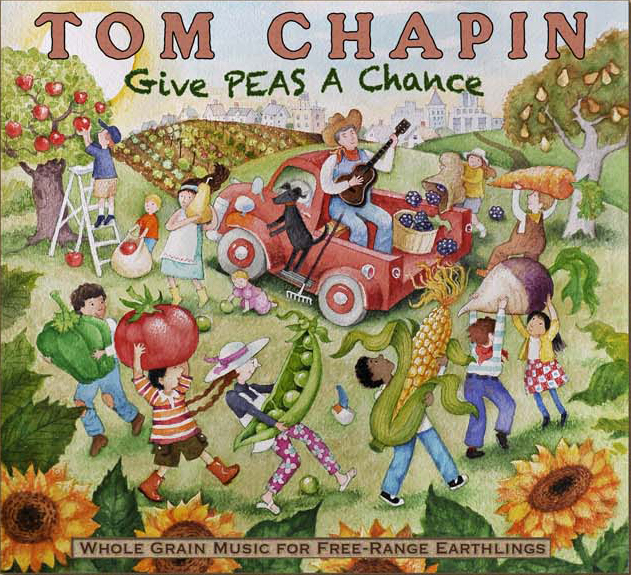Is the Obama Administration ambiguous about food safety?
Helena Bottemiller Evich of Politico Morning Agriculture, has produced an alarming investigation of the Obama Administration’s failure to support its own food safety initiatives. Fortunately, Politico has released it from behind the paywall so it can be read by non-subscribers. Do read it. It’s a depressing slice of political reality.
The Obama administration and Congress have all but squandered an opportunity to give the anemic Food and Drug Administration, which is responsible for the safety of 80 percent of the nation’s food supply, a level of oversight the public long assumed it already had.
On paper…the Food Safety Modernization Act…mandated more inspections and much tougher anti-contamination standards for everything from peaches to imported pesto sauce, and it placed more emphasis on preventing outbreaks than on chasing them down after people become sick.
But almost five years later, not one of the sweeping new rules has been implemented and funding is more than $276 million behind where it needs to be. A law that could have been legacy-defining for President Barack Obama instead represents a startling example of a broad and bipartisan policy initiative stymied by politics and the neglect of some of its strongest proponents.
The result is shown in this chart.
 She adds:
She adds:
The White House has routinely put nutrition policy ahead of food safety, sat on key regulations for months and made only halfhearted attempts to fund the law…Congress, too, bears blame: With no real pressure from the White House or the public, Capitol Hill has given the FDA less than half of what the agency says it needs to actually enforce the new rules, once they take effect.
I’m not so sure about the “putting nutrition ahead” part of this. Critics have long complained that the White House could have done much more to promote healthier diets. They recall the lack of support for the Interagency Working Group’s recommendations for nutrition standards for marketing to children. Menu labeling has just been delayed a year (although advocates tell me that this compromise was necessary to keep labeling for pizza places and movie theaters—ultimately a victory).
This administration has about a year left to get its legacy in order. A full-court press in support of the FDA is just what is needed. Now!


























